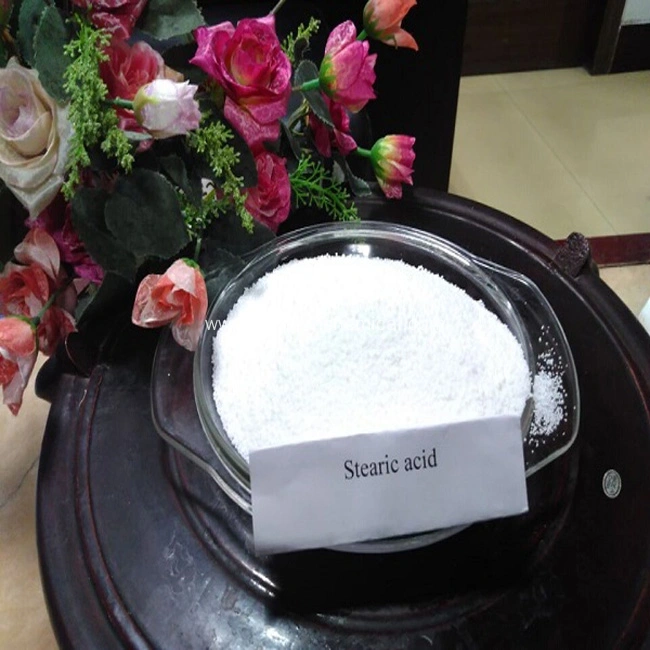As the world progresses towards a circular economy, the importance of sustainable manufacturing processes has significantly increased. The role of chemical components in such processes is crucial to understand the intricate web of product manufacturing. One such component is stearic acid, an essential compound often overlooked in the context of the plastic industry. Although its relevance may seem trivial to the untrained eye, It possesses immense importance in shaping our plastic-dominated world.
Stearic acid, a saturated fatty acid with an 18-carbon chain. Derived from both animal and vegetable fats and oils. Its versatility has rendered it an integral part of various industries ranging from cosmetics to rubber. The plastic industry, too, heavily relies on stearic acid due to its unique properties such as high melting point, lubricity, stability, and reactivity.
Stearic Acid in Plastic Manufacturing
At first glance, one might not recognize the correlation between stearic acid. An organic compound, and the plastics industry, which is known for inorganic materials. However, its criticality lies in the unique traits stearic acid brings to the plastic manufacturing process.
It is primarily used as a mold release agent in the production of plastic parts. Its excellent lubricating properties ensure a smooth ejection of the molded part. Reducing the risk of damage and the need for rework. Moreover, it contributes to reducing friction during the molding process. Improving overall productivity and lowering wear and tear on equipment. This seemingly minor function can have a significant impact on a manufacturer’s bottom line by improving efficiency and reducing downtime.
Also used as an internal lubricant and a stabilizer in the production of various types of plastics, including PVC (polyvinyl chloride).In PVC production, vinyl chloride monomers undergo polymerization, wherein stearic acid serves as a heat stabilizer. By doing so, it prevents the breakdown of the PVC compound during the heating stage and the subsequent release of hydrochloric acid, which could be harmful.
Furthermore, stearic acid plays a role in the coloring of plastic materials. It acts as a dispersing agent for pigments and fillers in masterbatches. The masterbatch constitutes a concentrated mixture of pigments or additives enveloped in a carrier resin. During the molding stage, it is dispersed into natural polymers to color or otherwise modify the properties of the natural plastics. By promoting an even dispersion of these substances. it ensures a uniform color and consistency, enhancing the aesthetics and functionality of the final product.

The Sustainability Aspect
The relationship between stearic acid and the plastic industry isn’t just about efficiency and product quality. As mentioned earlier, it can be derived from both animal and vegetable fats and oils, rendering it a sustainable option. By opting for vegetable-derived stearic acid, manufacturers can contribute to a circular economy, minimizing waste and reducing their carbon footprint.
Moreover, the push towards bio-based plastics, driven by environmental concerns and regulatory pressures, has prompted the industry to explore ways of incorporating stearic acid more extensively. Its compatibility with various polymers and its beneficial effects on processing and end-product properties make it an excellent candidate for developing new, more sustainable plastic materials.
It serves as an unsung hero in the plastics industry. Its versatile properties, coupled with its potential for sustainable sourcing, make it a vital element in plastic production processes. As the industry strives to meet the challenges of sustainability. The role of this product is set to become even more significant. Indeed, the bond between stearic acid and the plastic industry demonstrates how a seemingly small molecule can have a big impact on our daily lives and the world at large.
